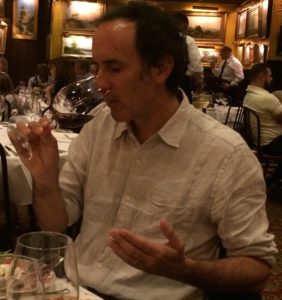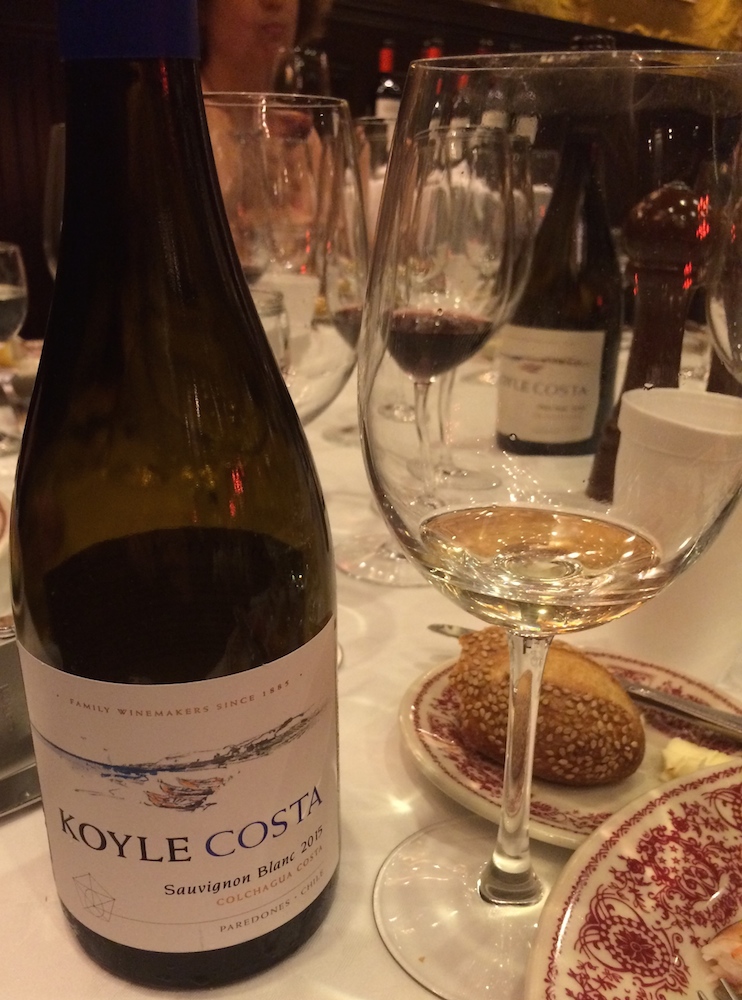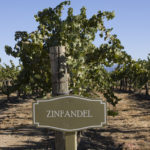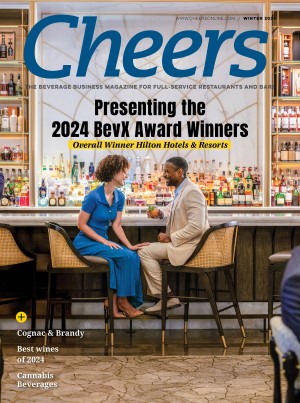Chilean wines first gained traction in America in the 1980s but then dipped in the ‘90s. They have since come back in a big way: Chile is now the fifth largest exporter of wines in the world, and the ninth largest producer.
The history of Chilean winemaking dates back more than a thousand years, and took off at the turn of the century following a wave of French immigration. Vineyards have since increased greatly in number.
The climate of Chile is sometimes described as the midpoint between France and California. It’s no surprise, then, that the country boasts wine families with histories rich and influential like the dynasties of Bordeaux or Napa.
The Undurraga family first planted vines in Chile around 1885. A decade later, they were the first to import the country’s wine into America. Their name grew in prominence among Chilean wine until, in 2006, the family sold their brand, winery and vineyards.
This led to a new chapter in the story of Undurraga wine. In 2007, Alfonso Undurraga Mackenna — great-nephew of the family’s first winemaker — bought vineyards in the Los Lingues zone of Alto Colchagua, in the foothills of the Andes Mountains. Here he grew and bottled Syrah and a Grand Reserva Cabernet Sauvignon, followed by Carménère.
The new brand became known as Koyle, after a native purple flower that grows on the family’s mountainside vineyards.
I had opportunity to sample some of Koyle’s recent vintages during a tasting held last week at Sparks Steakhouse in Manhattan. Alfonso’s son and sixth-generation winemaker Cristobal was on hand to lead the dinner. All his wines were single-vineyard.
Up first was the Koyle Costa Sauvignon Blanc 2015 ($23.99 for a 750-ml. bottle). Located 5.5 miles from the Pacific Ocean, and with granitic soil that’s among Chile’s oldest dirt, this wine’s vineyard contains north and south slope exposures, plus flat land. Prior to blending, each lot is vinified differently: in burgundy barrels, concrete eggs or stainless steel.
The result is a wonderfully complex Sauv Blanc with minerality, tanginess, and flavors of lemon and white asparagus. The salinity and low acidity matched well with the mozzarella served as appetizer. Cristobal says the wine met his goal of making a Sauv Blanc with the structure to age up to 10 years.
Next was the Koyle Costa Pinot Noir 2014 ($34.99), made from the same vineyard and vinfied half in burgundy barrels, half in concrete eggs. The nose was herb, sage, and salinity, with black sweet fruit and bread crust upon the palate.
The Koyle Gran Reserva Carménère 2014 ($16.99) was 85% Carménère, 10% Tempranillo and 5% Petite Verdot. We drank this with the Koyle Royale Carménère 2013 ($25.99): 85% Carménère, 8% Cabernet Franc and 7% Petit Verdot.
Both come from Colchagua Valley. They had herbal, forest-like notes, flavors of black fruit, and a long candied finish. The spiciness of the 2013 had a touch more power and complexity than the 2014.
Cristobal said that classic Bordeaux blends are increasingly including Carménère, after the Chilean wine movement brought wider attention to the varietal. Chilean regions like Koyl’s Colchagua Valley vineyard are “very safe” for growing Carménère, he added.
We also tasted side-by-side two Cabernet Sauvignons. The Koyle Gran Reserva Cabernet Sauvignon 2014 ($16.99) was 85% Cabernet Sauvignon and 5% each Tempranillo, Malbec and Petite Verdot. The Koyle Royal Cabernet Sauvignon 2013 was 87% Cabernet Sauvignon, 8% Malbec, 3% Cab Franc and 2% Carménère.
These were thick, dusty wines with light earthy notes and heavy dark and red berry flavors. Both bottles held up perfectly with my order of prime sirloin steak.
Up last was the Koyle Auma 2010 ($99.99). Made as a tribute to Cristobal’s father, this is 37% Cabernet Sauvignon, 18% Malbec, 13% Syrah and 7% Petite Verdot. Only 692 six-bottle cases were produced.
It’s a well-balanced blend that does a good job of bringing together all five varietals. Auma 2010 was aged 24 months in French oak, in different lots, before blending in a concrete egg tank, where it sat for another 9 months prior to bottling. “The best friend of this wine is the aging process,” Cristobal explained.
Kyle Swartz is associate editor of Cheers Magazine. Reach him at kswartz@epgmediallc.com.












